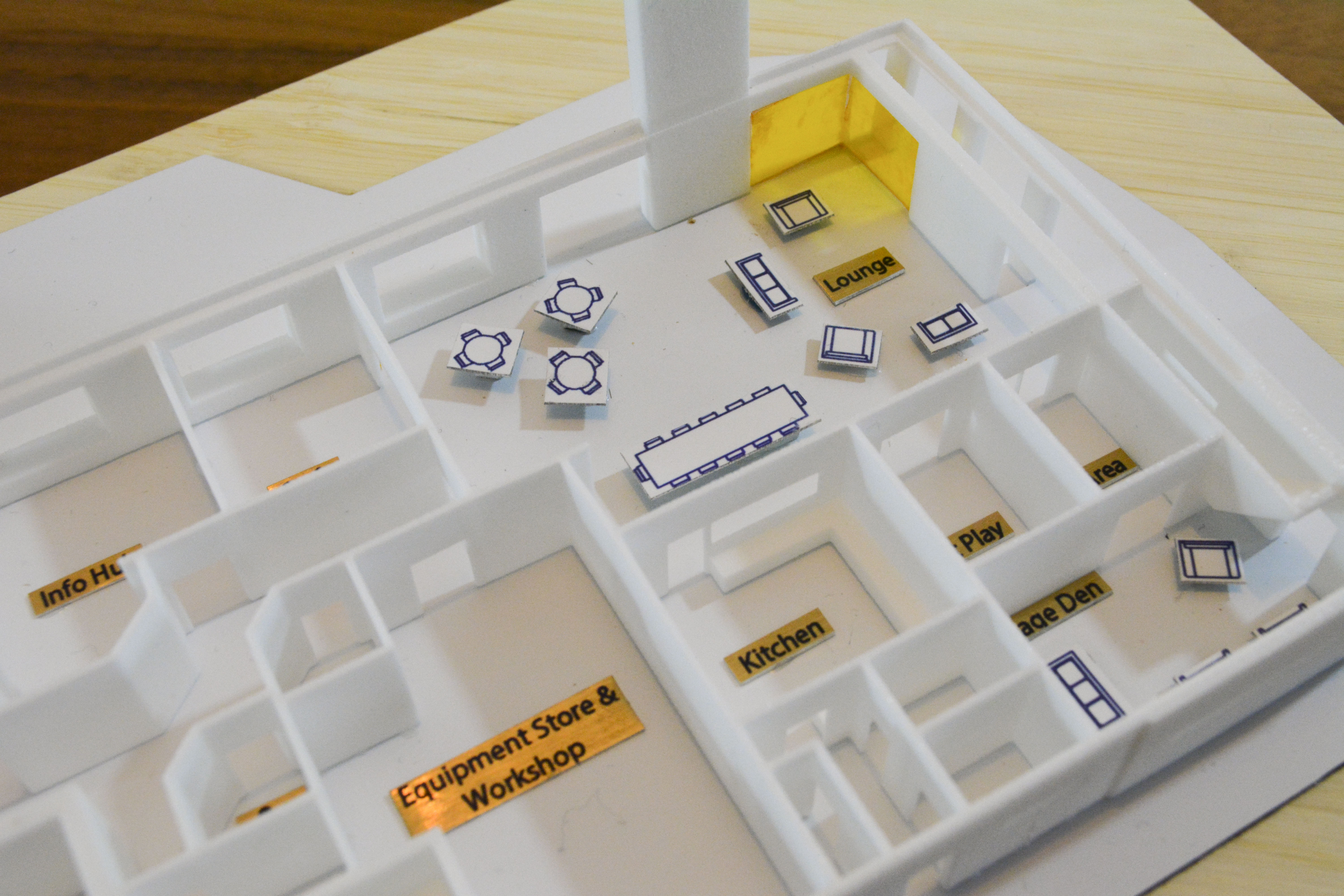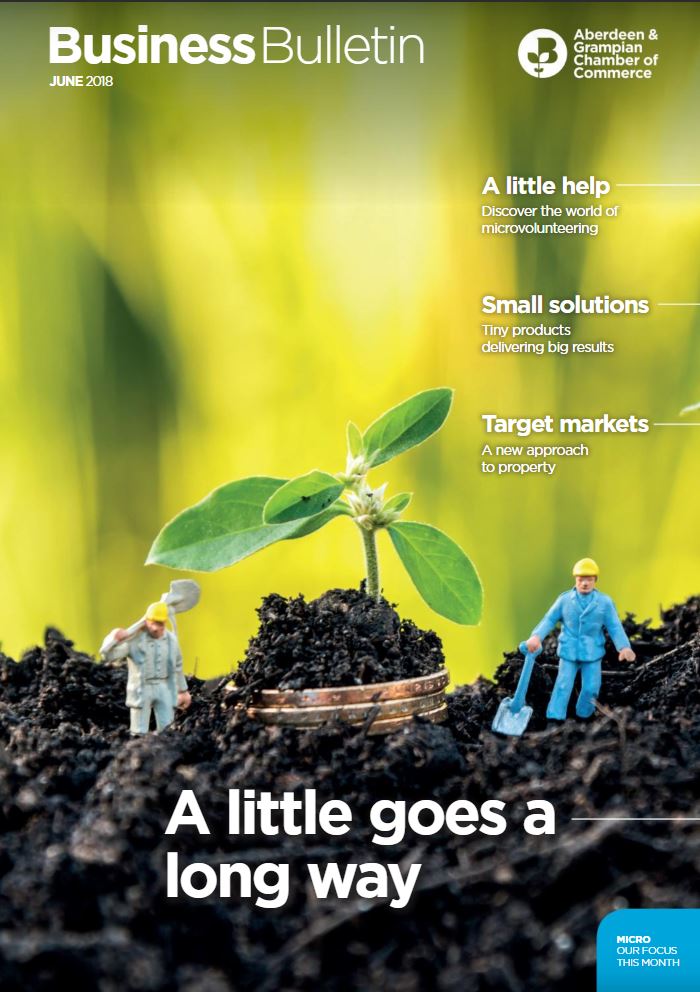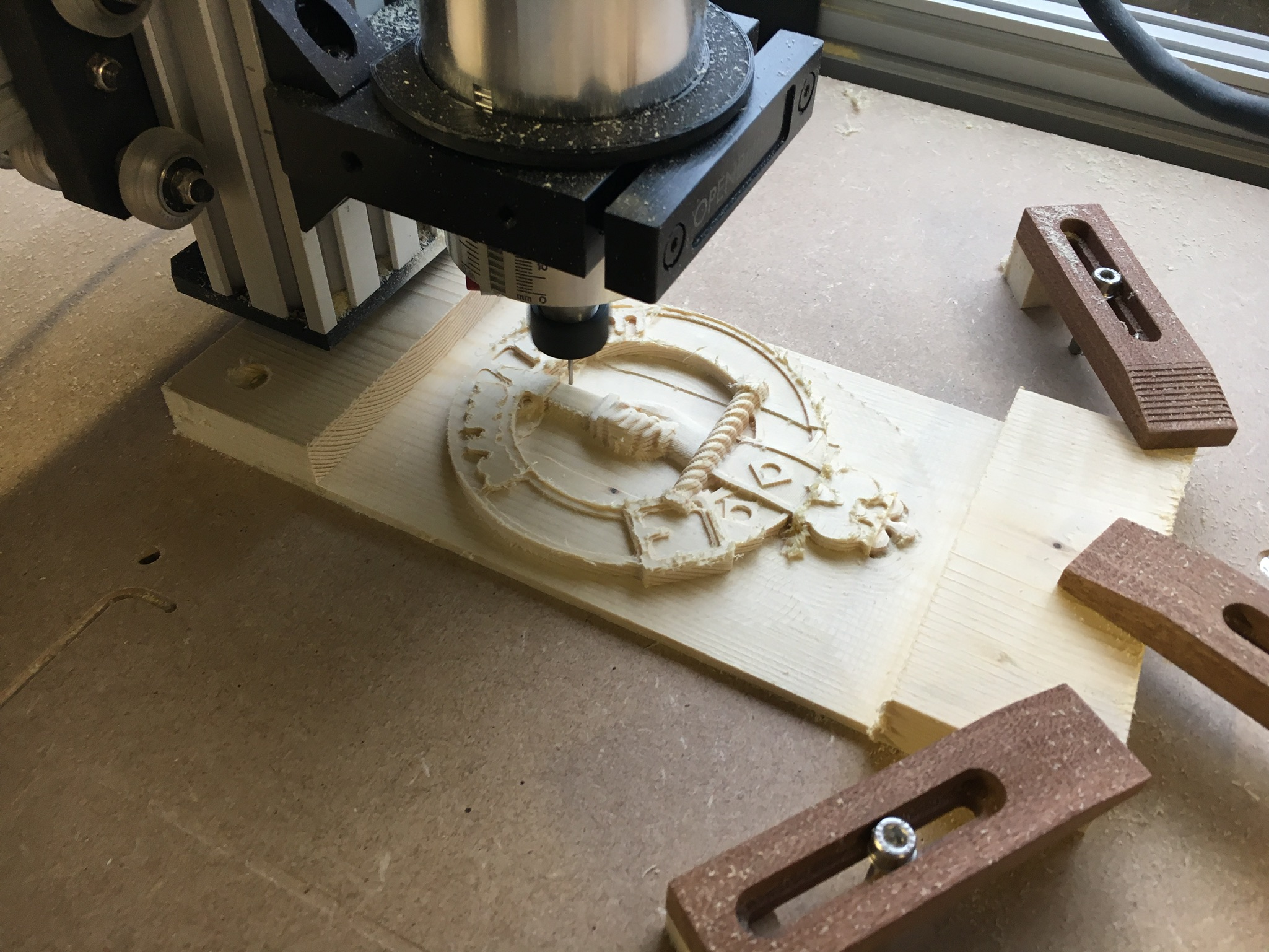
Monymusk Reliquary
The Arbroath Abbey Pageant Society commissioned Celtic3d and Angus 3D Solutions, to make a replica of the 8th century Monymusk Reliquary from photo reference. Quite a challenge, but one that pricked our interest.
The National Museum of Scotland have the original on display and we have been lucky enough to see it 1st hand. While some of the pieces are missing, you can still see the incredibly intricate knotwork and engraving. Although, some of the original engraving very difficult to make out.
We needed to include all the intricate knotwork in order to create a 3d model that we could 3d print. We considered how we would achieve a convincing surface finish on the model to represent the guilding, metal parts and engraved panels. This was a serious test of our 3d modelling and CNC engraving skills.
Getting Our Facts Straight
For any project like this, especially when you have limited access to the original, and need to rely on photos, there is a natural tendency to try to fill in the gaps for yourself by making assumptions about parts you can’t see clearly. Thankfully, when gathering our reference material, we found there have been a number of detailed academic studies of the reliquary. A particularly useful source is an article from the Glenmorangie Research Project which describes dimensions, what it is made of, some excellent close-up images and also some helpful information regarding the knotwork panels.
For some aspects of the model, like the latch mechanism and interior detail, we couldn’t find an authoritative source of how it should look. So, rather than make it up, we left these areas plain.
Digital modelling
If the model was being created for 3d graphics, you would use shortcuts, like using an image file to fake the bumps and hollows. Because the project was going to be 3d printed, it was important that details, like the knotwork on the jeweled bosses, were modelled in 3d.
Blender is our software of choice for this sort of modelling.

Engraved Panels
To represent the two silver engraved panels on the front, we chose tooling aluminum. This comes as 0.127mm thick, considerably thicker than kitchen foil – but a challenge to engrave without cutting through.
Using a technique learned for making custom printed circuit boards (PCBs), we mounted the foil onto some flat hardboard, then probed the surface using electrical contacts to build an accurate map of the surface height of the foil.

This allowed us to accurately engrave into the foil to half its depth without cutting through. The artwork for the engraving was prepped in Adobe Illustrator and exported as vector art, which can be read by the software we use for CNC machining.
3d Printed Parts
With the 3d model, broken down into component parts, we manufactured them in nylon using a selective laser sintering (SLS) technique. This gives a robust model that can take some handling, and provides a solid base for paint finishes and further work.

Finishing
Many of the main features of the original reliquary were gilded. So the obvious choice to replicate the finish was to do the same. We used imitation gold leaf on the bosses and on the decorated parts of the main body.


For the other panels we used standard paint finishes applied with an airbrush. Handpainted the red enamel, and created a wood effect in paint for the interior.
Jewels were simple rhinestones – which we bought quite a lot of so that we could select the few we needed of the right size and colour.
The Completed Replica
We had the pleasure of hand delivering the completed replica in Arbroath. The story was covered by The Courier. We believe the long-term plan is for the replica to be on permanent display at the Arbroath Abbey visitor centre. We will keep you posted












Read more about Celtic3d’s model making capabilities for Engineering or Architectural projects.

 The real Monymusk Reliquary. Image by
The real Monymusk Reliquary. Image by 













